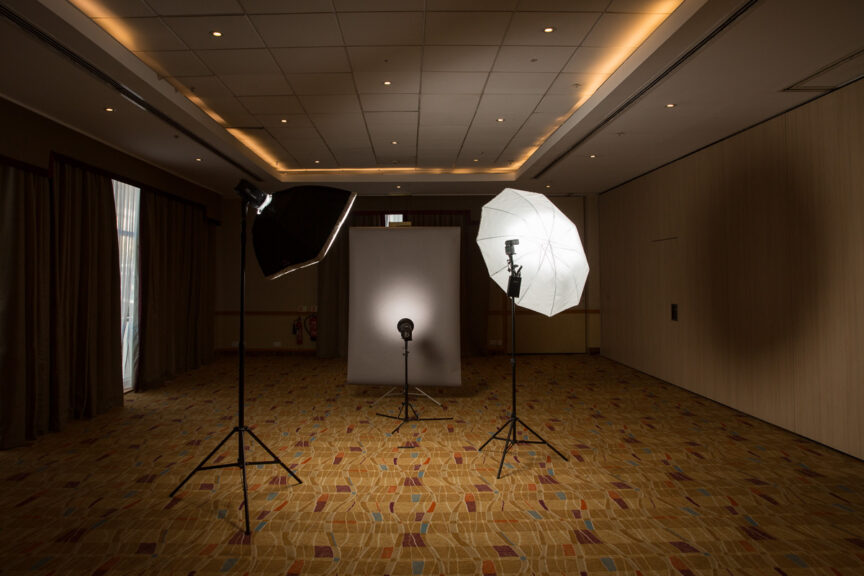The silence is deafening and so is the noise.
The problem with the Cairncross Review is that it tackles issues which should trouble us all, and deeply, yet I’m seeing very little discussion of it not only amongst former journalist colleagues and photographers, but also the wider public.
Much of the problem seems to stem from a general lack of awareness that it was even being undertaken. When I look through the list of organisations and individuals who submitted responses to the call for evidence, all the usual suspects are there (Johnston Press, Facebook, Google, The Guardian, News UK), but not a lot from individuals with specific interests in the industry.
From the general public there were 588 responses, but the report doesn’t publish more than excerpts of these submissions. On the one hand, that’s a larger public response than I was expecting. On the other, it’s pretty abysmal given the importance of a thriving local press sector for our freedoms and democracy.
This relatively low response will be a result of factors such as ignorance of the existence of the review, apathy and perhaps most understandably, an exhaustion brought about by the constant white noise of Brexit debate.
And even I am sitting here wondering why I care so much for an industry which has now given me less than half of my professional life. I’m too busy with keeping my own business running (as well as trying to expand my documentary work, which is in itself a response to the collapse in local journalism) to invest in a future which will be entirely out of my hands.
For now I just need to summarise a few points from my reading of a selection of the responses, in no particular order:
- Facebook and Google consider themselves innocent in all this, indeed they claim to be putting masses of cash back into regional journalism and it’s the publishers which are failing to take advantage of the new opportunities open to them.
- The publishers consider themselves innocent in all this and their sales were fantastic and revenues strong until the nasty digital boys came and smashed up their game.
- Neither side can quite bring themselves to admit the truth, instead pushing positions which are self-serving and often delusional.
- Government ultimately has no answer to this. Whatever they do will be wrong and will end in tears, corruption and a slow death for local journalism (followed some time later, probably a Wednesday afternoon, by national journalism).
Whatever happens though, I will try to keep an eye on developments. I can’t help it, and I really do believe that if you care for democracy and a diversity of voices in the many media available to us, you should at least make an attempt to bone-up on the broad outlines of the Cairncross Review and the developments which arise from it.
From next week though, I need to get back to talking about my own work and personal projects before the crashing silence and deafening noise get too much.


